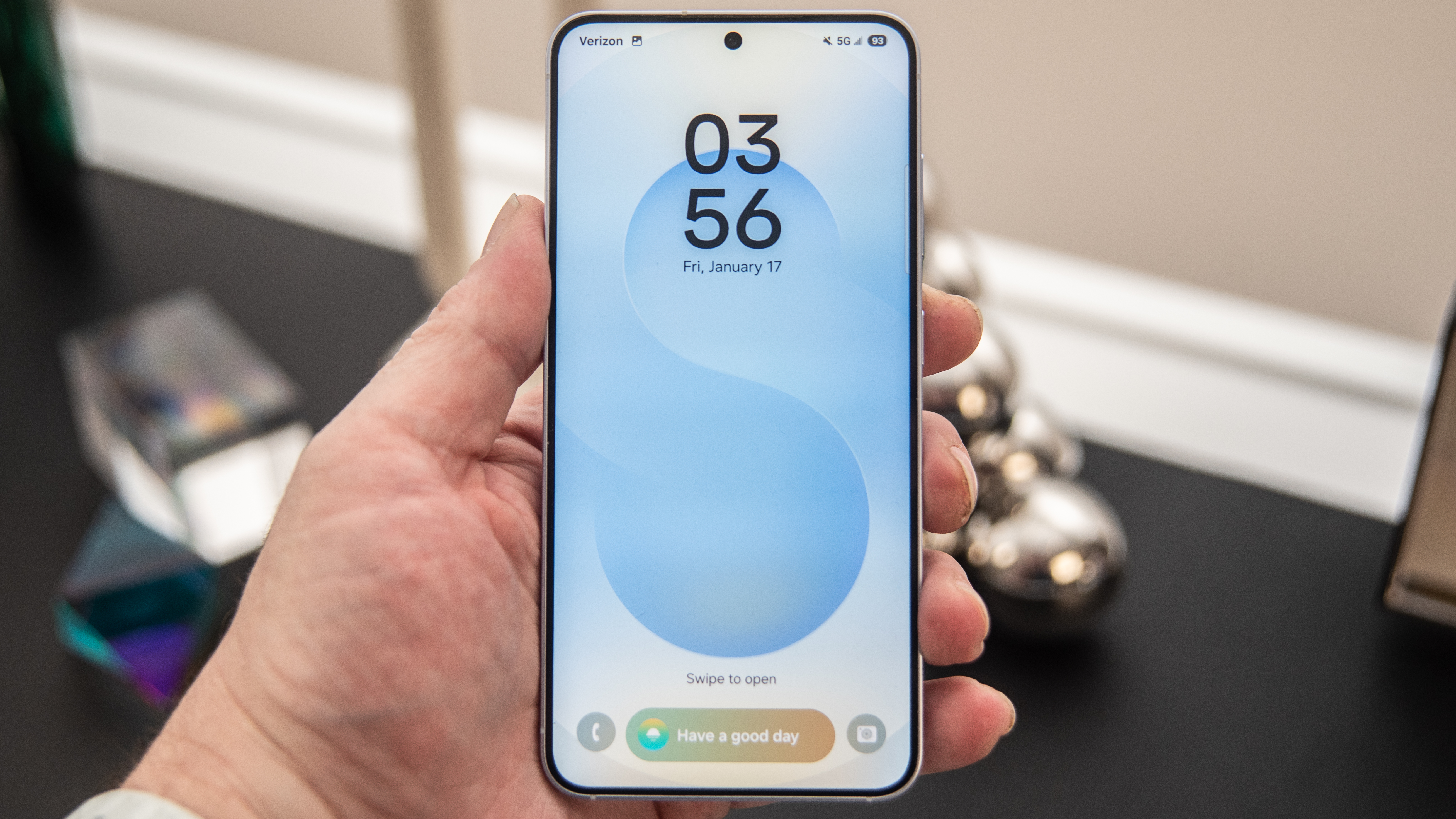Unlocking Offline Power: A new Developer's Guide in order to Building Robust Modern Web Apps (PWAs)
Introduction Progressive Web Apps (PWAs) are a powerful tool with regard to front-end developers, permitting them to produce web applications offering native app-like activities. A key power of PWAs is usually their ability to be able to function offline, offering users with uninterrupted access to articles and features. This short article provides a developer's guide to building strong PWAs, focusing in the techniques in addition to strategies for unlocking offline power. Essential Components for Traditional Functionality Service Staff: Service workers will be JavaScript files that run in the history, intercepting network desires and caching resources. They are necessary for enabling offline functionality and push notifications. Proper service worker registration, and lifecycle understanding is crucial. Cache API: The Cache API enables developers to store in addition to retrieve network requests and responses. That is used in conjunction with service workers to cache static assets and dynamic data. Strategical caching is significant. IndexedDB: IndexedDB is definitely a client-side databases that allows programmers to store structured data. Its used to be able to store data that needs to be accessed offline. Useful for storing customer data, or software data. Strategies regarding Offline Data Supervision Caching Static Property: Cache static assets, such as HTML, WEB PAGE, JavaScript, and pictures, to ensure they are presented offline. Use the cache-first strategy regarding static assets. Caching API Responses: Cache API responses to provide offline usage of dynamic data. Work with a network-first or stale-while-revalidate strategy for API responses. Storing User Data Locally: Retail outlet user data locally using IndexedDB or even other client-side storage space options. https://outsourcetovietnam.org/emerging-trends-in-front-end-development/ Implement info synchronization to update data when the particular network can be obtained. Off-line Forms and Information Submission: Implement traditional forms that permit users to publish files even when real world. Store form info locally and synchronize it when the particular network is obtainable. Background Synchronization: Utilize the background match-up API to conduct actions when the particular network is reconnected. Best Practices intended for Building Robust PWAs Prioritize Performance: Optimize PWAs for performance to ensure quick loading times in addition to smooth user communications. Minimize the work with of heavy JavaScript libraries. Implement Reactive Design: Ensure that PWAs are responsive and adapt in order to different screen sizes. Use media concerns and flexible designs. Test on Distinct Devices and Sites: Thoroughly test PWAs on different gadgets and network situations. Simulate offline in addition to slow network cable connections. Provide Clear Off-line Indicators: Provide very clear indicators to users when they happen to be offline. Inform customers about the constraints of offline features. Use Descriptive Caching: Name your caches, and cache data files with proper naming, to make debugging easier. Graceful Degradation: Make sure that the application degrades gracefully any time offline. Conclusion Area code offline power is a key part of building robust PWAs. By mastering support workers, caching strategies, and offline files management techniques, front end developers can make web applications that will provide users using a seamless and even uninterrupted experience, even if offline. https://outsourcetovietnam.org/emerging-trends-in-front-end-development/

Introduction
Progressive Web Apps (PWAs) are a powerful tool with regard to front-end developers, permitting them to produce web applications offering native app-like activities. A key power of PWAs is usually their ability to be able to function offline, offering users with uninterrupted access to articles and features. This short article provides a developer's guide to building strong PWAs, focusing in the techniques in addition to strategies for unlocking offline power.
Essential Components for Traditional Functionality
Service Staff:
Service workers will be JavaScript files that run in the history, intercepting network desires and caching resources.
They are necessary for enabling offline functionality and push notifications.
Proper service worker registration, and lifecycle understanding is crucial.
Cache API:
The Cache API enables developers to store in addition to retrieve network requests and responses.
That is used in conjunction with service workers to cache static assets and dynamic data.
Strategical caching is significant.
IndexedDB:
IndexedDB is definitely a client-side databases that allows programmers to store structured data.
Its used to be able to store data that needs to be accessed offline.
Useful for storing customer data, or software data.
Strategies regarding Offline Data Supervision
Caching Static Property:
Cache static assets, such as HTML, WEB PAGE, JavaScript, and pictures, to ensure they are presented offline.
Use the cache-first strategy regarding static assets.
Caching API Responses:
Cache API responses to provide offline usage of dynamic data.
Work with a network-first or stale-while-revalidate strategy for API responses.
Storing User Data Locally:
Retail outlet user data locally using IndexedDB or even other client-side storage space options.
https://outsourcetovietnam.org/emerging-trends-in-front-end-development/ Implement info synchronization to update data when the particular network can be obtained.
Off-line Forms and Information Submission:
Implement traditional forms that permit users to publish files even when real world.
Store form info locally and synchronize it when the particular network is obtainable.
Background Synchronization:
Utilize the background match-up API to conduct actions when the particular network is reconnected.
Best Practices intended for Building Robust PWAs
Prioritize Performance:
Optimize PWAs for performance to ensure quick loading times in addition to smooth user communications.
Minimize the work with of heavy JavaScript libraries.
Implement Reactive Design:
Ensure that PWAs are responsive and adapt in order to different screen sizes.
Use media concerns and flexible designs.
Test on Distinct Devices and Sites:
Thoroughly test PWAs on different gadgets and network situations.
Simulate offline in addition to slow network cable connections.
Provide Clear Off-line Indicators:
Provide very clear indicators to users when they happen to be offline.
Inform customers about the constraints of offline features.
Use Descriptive Caching:
Name your caches, and cache data files with proper naming, to make debugging easier.
Graceful Degradation:
Make sure that the application degrades gracefully any time offline.
Conclusion
Area code offline power is a key part of building robust PWAs. By mastering support workers, caching strategies, and offline files management techniques, front end developers can make web applications that will provide users using a seamless and even uninterrupted experience, even if offline.
https://outsourcetovietnam.org/emerging-trends-in-front-end-development/










































































































































































![[The AI Show Episode 142]: ChatGPT’s New Image Generator, Studio Ghibli Craze and Backlash, Gemini 2.5, OpenAI Academy, 4o Updates, Vibe Marketing & xAI Acquires X](https://www.marketingaiinstitute.com/hubfs/ep%20142%20cover.png)
















































































































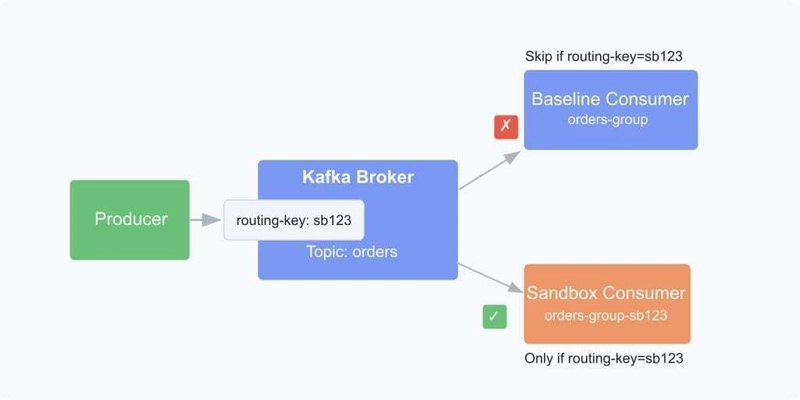
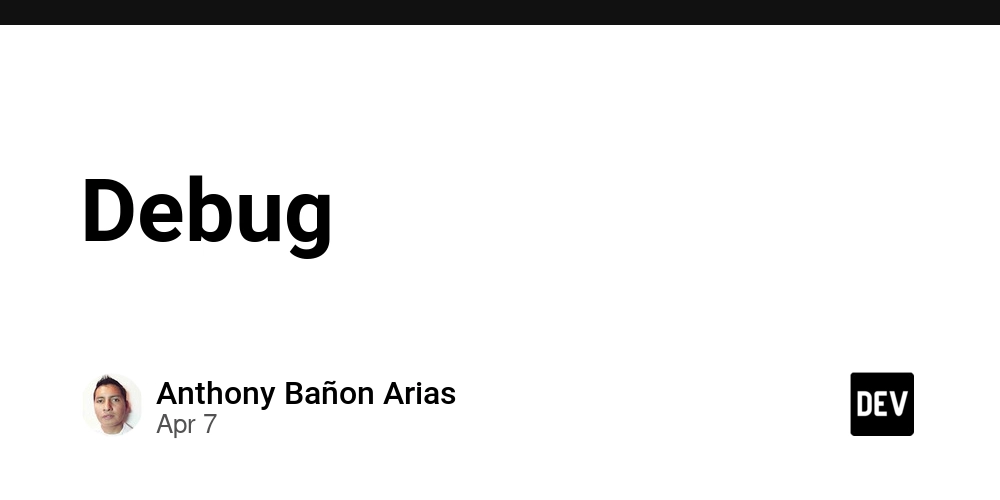












![[DEALS] The Premium Learn to Code Certification Bundle (97% off) & Other Deals Up To 98% Off – Offers End Soon!](https://www.javacodegeeks.com/wp-content/uploads/2012/12/jcg-logo.jpg)
![From drop-out to software architect with Jason Lengstorf [Podcast #167]](https://cdn.hashnode.com/res/hashnode/image/upload/v1743796461357/f3d19cd7-e6f5-4d7c-8bfc-eb974bc8da68.png?#)









































































































.png?#)


(1).jpg?width=1920&height=1920&fit=bounds&quality=80&format=jpg&auto=webp#)




-Mario-Kart-World-Hands-On-Preview-Is-It-Good-00-08-36.jpg?width=1920&height=1920&fit=bounds&quality=80&format=jpg&auto=webp#)
























_NicoElNino_Alamy.png?#)
_Igor_Mojzes_Alamy.jpg?#)

.webp?#)
.webp?#)


















































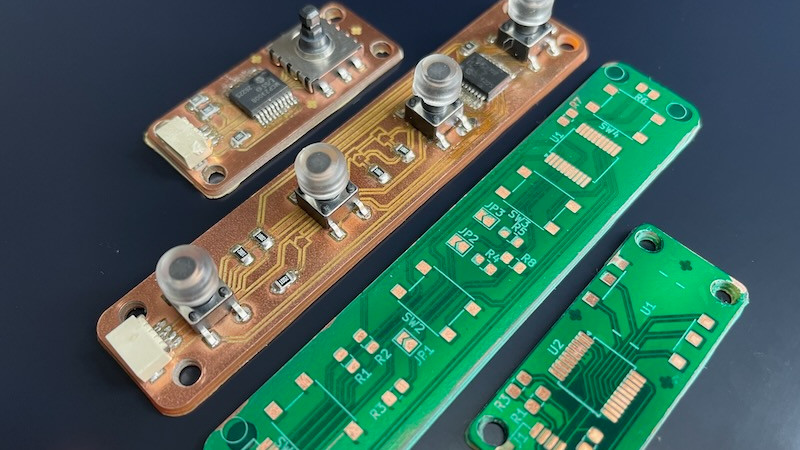































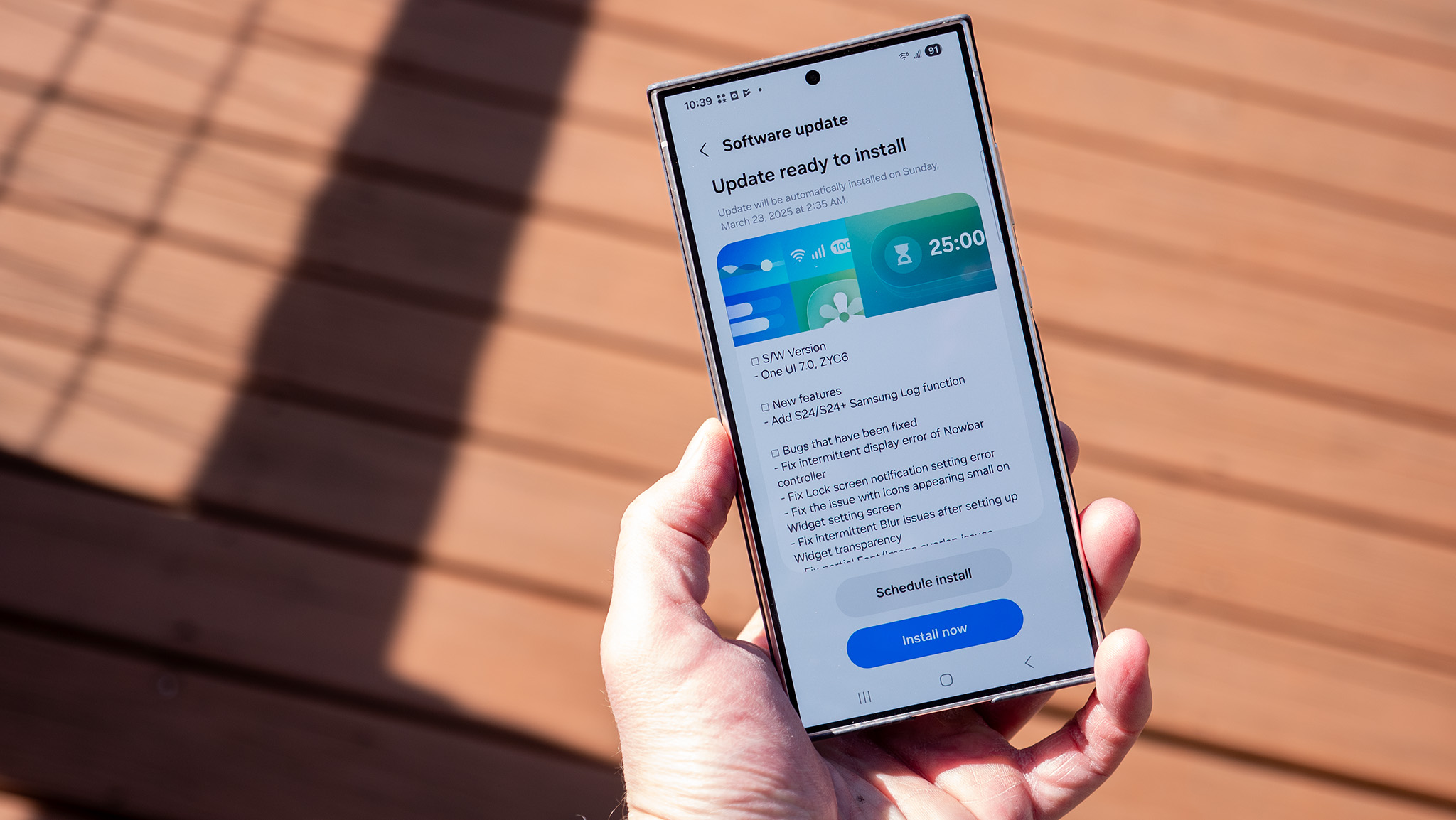

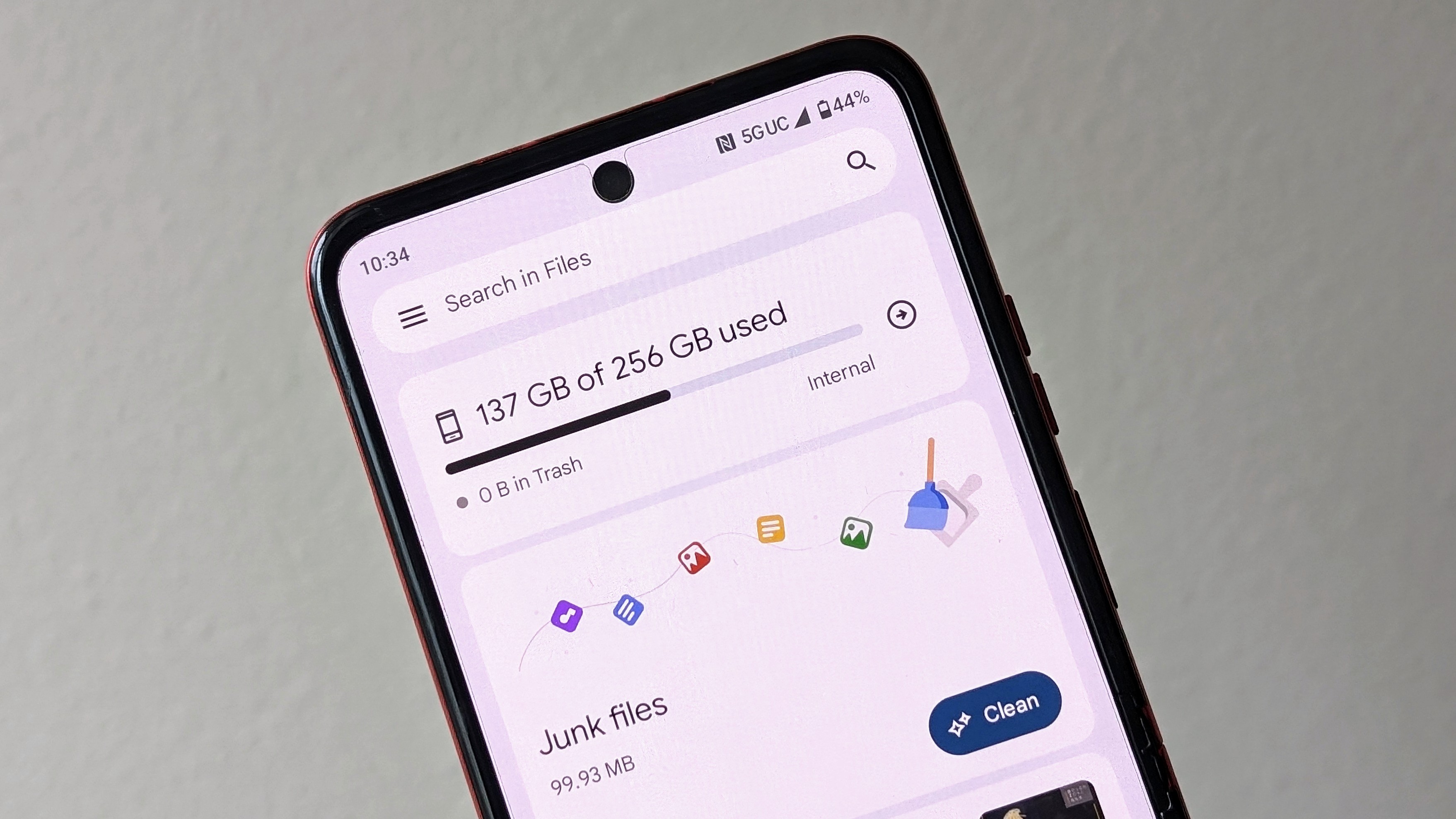

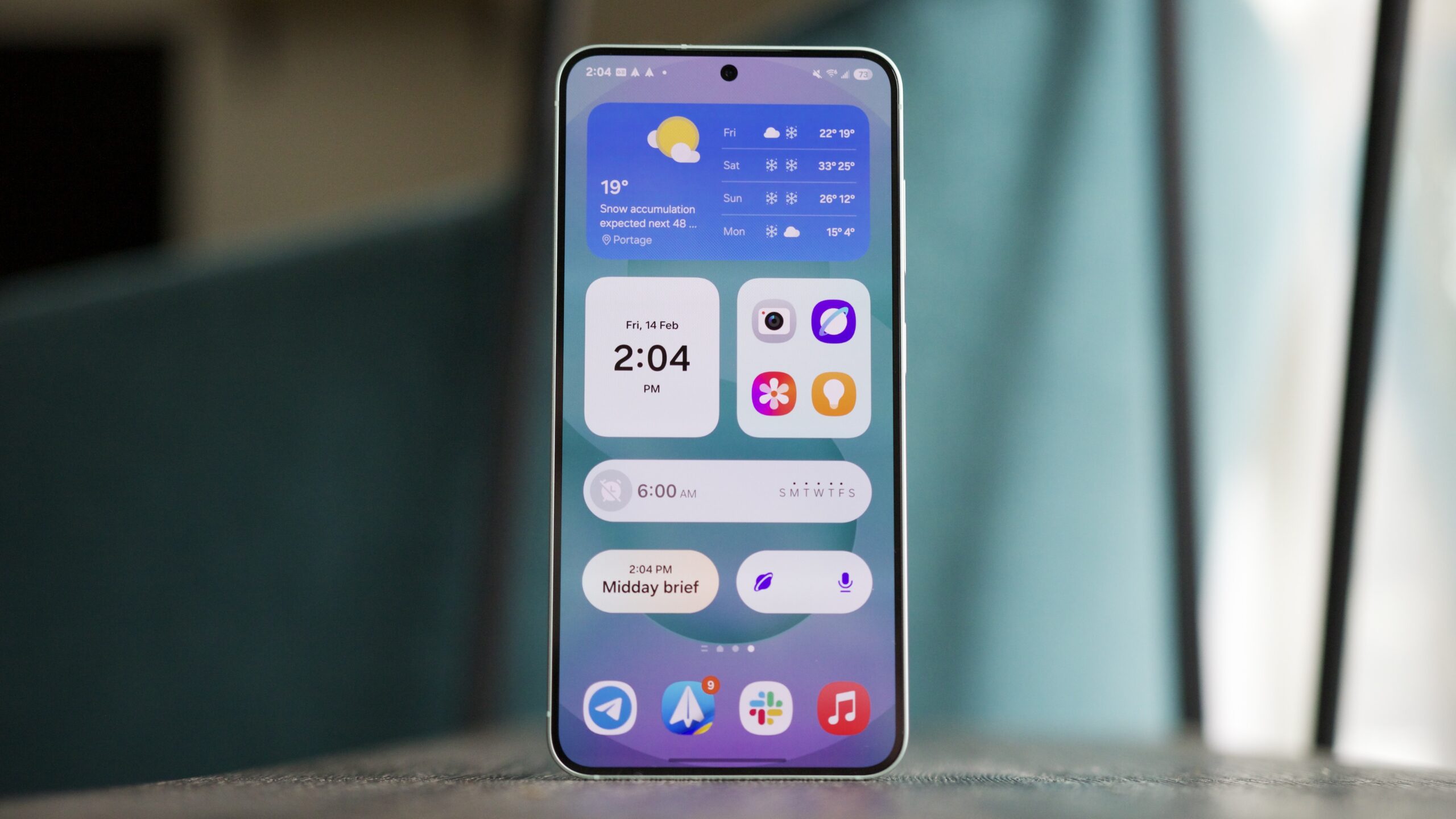






![Gemini can be the biggest AI platform so long as Google integrates it in more areas [Video]](https://i0.wp.com/9to5google.com/wp-content/uploads/sites/4/2025/03/Gemini-Live-with-Im-in-my-Gemini-era-sticker.jpg?resize=1200%2C628&quality=82&strip=all&ssl=1)













![Apple Considers Delaying Smart Home Hub Until 2026 [Gurman]](https://www.iclarified.com/images/news/96946/96946/96946-640.jpg)
![iPhone 17 Pro Won't Feature Two-Toned Back [Gurman]](https://www.iclarified.com/images/news/96944/96944/96944-640.jpg)
![Tariffs Threaten Apple's $999 iPhone Price Point in the U.S. [Gurman]](https://www.iclarified.com/images/news/96943/96943/96943-640.jpg)















